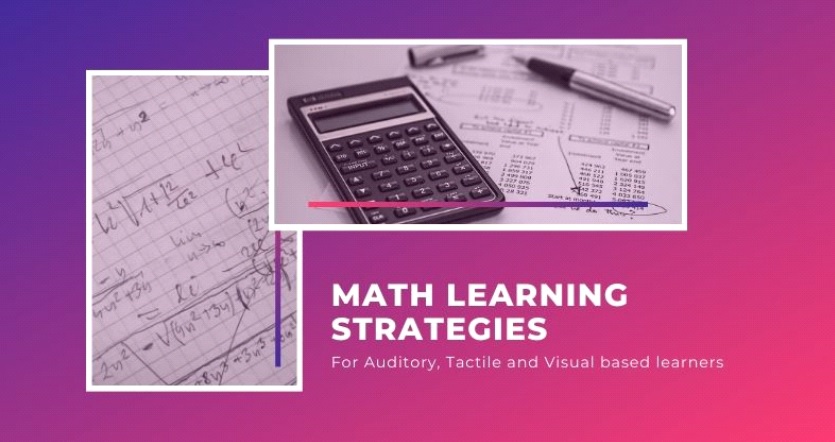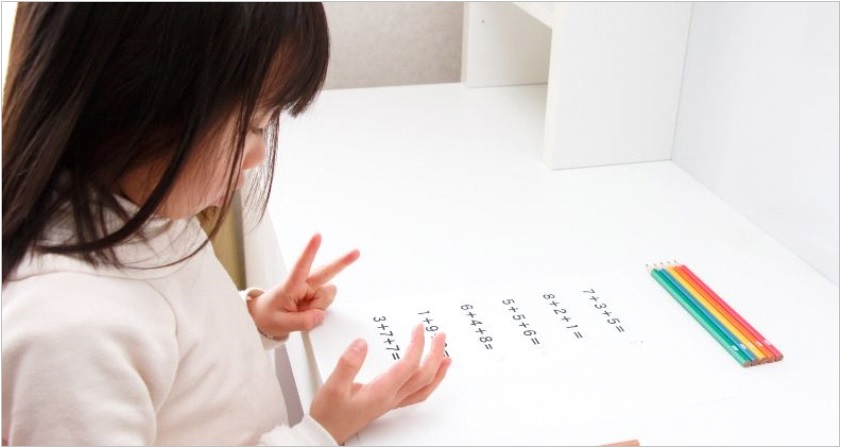Learning strategy varies from student to student. Each parent needs to be a bit flexible with these strategies. There are several strategies that you can employ to ensure maximum effectiveness. In this post, we are going to discuss 14 such learning strategies for auditory or tactile learners.
For visual-based learning
- Mathematics should never be read. It’s a subject that must be written down as much as possible. Practice the sums on a piece of paper. Seeing and writing are extremely powerful tools for visual-based learners.
- Kids can make as well as use flashcards for math practice. This act of writing and tallying the same as per requirement is capable of increasing the comprehensibility nature of a child.
- Ensure the fact that visual learners learn to organize their notes. An organization might be able to make it easier for you to remember such information.
- Advice your child to take notes during class. This requires visual as well as auditory processing which should benefit the kid tremendously.
- Encourage your child to use metaphors and visual analogies to associate information accordingly. Such a tactic will help them develop a mental image of the topic that they are doing right now. That will be immensely beneficial for them.
- Incorporate the use of computers in classes. Make your students aware of the ways through which they can organize content, create tables, graphs, charts, spreadsheets as per requirement, etc. This act of creating as well as reviewing visual representation is extremely beneficial for visual learners.
- Use charts and graphs to explain various key points to students. Presenting information in such a way has a gratifying effect on the student.
- Encourage your kid to implement color coding tactics in their notes. That will help the child to differentiate significant information from the lot.

For tactile-based math learning
- It almost goes without saying that you have to use hands-on education policy wherever it’s possible for you to do that. You can use several tactics here. You can use technology or even use your simple pen and paper games to bring this abstract subject to life.
Several apps and games can serve your purpose and most of them are available for free or at a very nominal charge on the app stores. Some tactile games that you can include are: - Sink the Ship,
- Aggression,
- Tower of Hanoi,
- Rubik’s Cube.
- Make them know about the various ways through which they can use a scientific calculator to their benefits.
- Use daily objects to your advantage. You can use these objects to teach your students basic operational arithmetic like additions, subtractions, etc.

For auditory-based math learning
- In many instances, hearing a problem-solving process out loud helps to improve the comprehensibility of a problem. Encourage your child to write the steps of a process on a piece of paper and make him/her read it out loud. It will surely have long term benefits on the child.
- You should try to make them use mnemonics as well as word links to make them memorize various math formulae. Rhyming words whenever possible can be extremely beneficial.
- Ask your child to read out important paragraphs out loud while reviewing something before an examination. Such a strategy can improve the retaining capacity of the brain.
Strategies vary from student to student. You’ll have to find out the right one according to your convenience or requirement. With that, we’ll bring this article to an end. Hope you had a good read.



